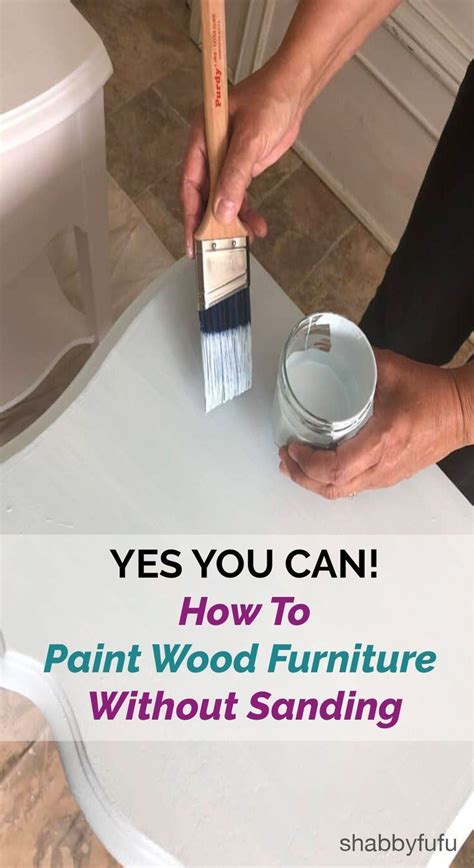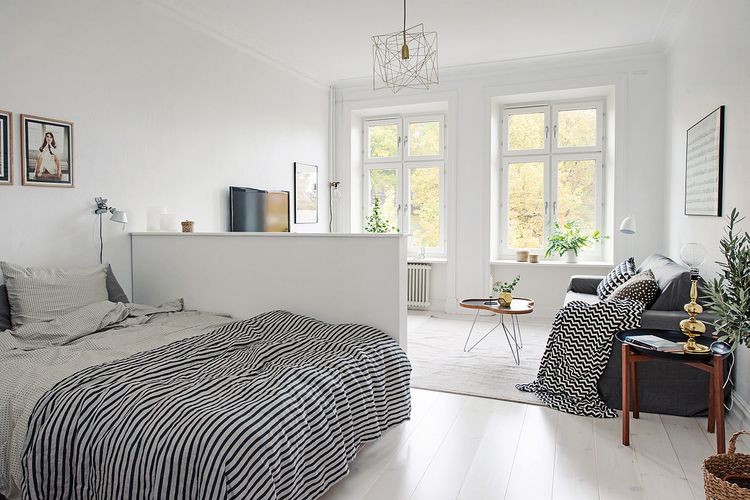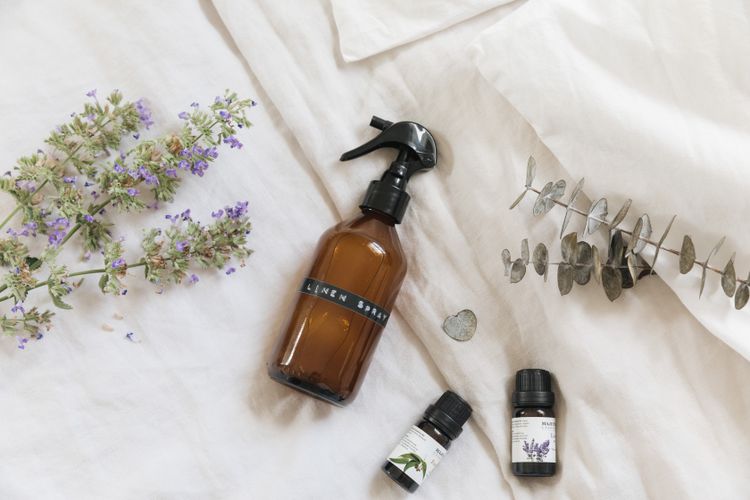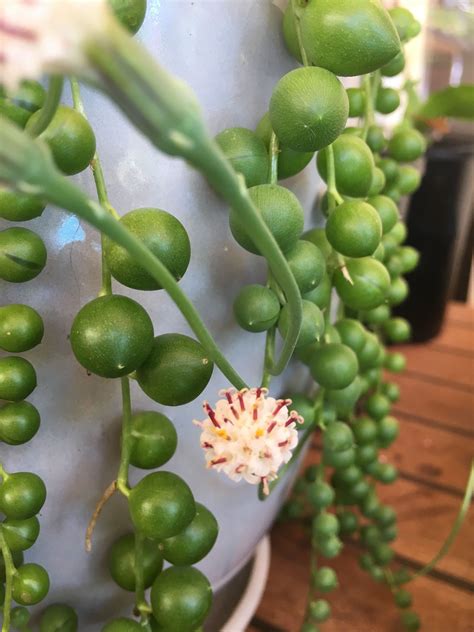
Introduction
Accidents happen, and sometimes walls get scuffed or scratched, leaving unsightly marks. The good news is that you can easily touch up paint without the need to repaint the entire wall. In this article, we will guide you through the process of touch-up painting, providing you with the knowledge and techniques to restore the beauty of your walls efficiently.
Before You Begin
Before diving into the touch-up process, it’s essential to gather the necessary materials and ensure you have a clear understanding of the steps involved.
Safety Considerations
When working with paint, it’s important to prioritize safety. Here are a few safety considerations to keep in mind:
- Work in a well-ventilated area to avoid inhaling fumes.
- Wear appropriate protective gear, such as gloves and goggles, to protect your skin and eyes.
- Keep paint away from children and pets.
Prep the Area
Proper preparation is key to achieving a seamless touch-up. Follow these steps to prep the area:
- Clean the affected area using a mild detergent and a damp cloth to remove any dirt or debris.
- Inspect the wall for any loose or flaking paint. Use a putty knife to gently scrape away any loose paint, and sand the area lightly for a smooth surface.
- Wipe the area clean with a dry cloth to ensure there is no dust or residue remaining.
Prime the Area
Priming the area helps create a stable base for the touch-up paint and ensures proper adhesion. Here’s how to prime the area:
- Apply a thin coat of primer to the prepared area using a small brush or roller. Make sure to feather the edges of the primer to blend it seamlessly with the surrounding paint.
- Allow the primer to dry completely according to the manufacturer’s instructions. This typically takes a few hours.
- Inspect the primed area to ensure it is smooth and even. If necessary, lightly sand any rough spots and wipe away the dust.
Prepare the Paint
Preparing the touch-up paint is crucial for achieving a color match with the existing wall paint. Follow these steps:
- Retrieve the original paint can or check your records to identify the paint color and finish.
- Take a small sample of the paint color to a local paint store and ask them to match it. They will use a color-matching tool to create a custom paint blend that closely matches the original color.
- Once you have the matched paint, stir it thoroughly to ensure a consistent color.
Apply Paint
Now that you’ve prepped the area and prepared the paint, it’s time to apply it to the touch-up area:
- Use a small brush or an artist’s brush to carefully apply the touch-up paint to the primed area. Start by applying a thin layer of paint and gradually build up the color as needed.
- Feather the edges of the touch-up paint to blend it with the surrounding wall,
using light, gentle strokes.
- Allow the paint to dry according to the manufacturer’s instructions. Multiple thin coats may be necessary to achieve the desired color and coverage.
Frequently Asked Questions
1. Can I touch up paint without using primer?
While using primer is recommended for the best results, you can touch up paint without using primer in certain situations. If the area to be touched up is small and the existing paint is in good condition, you may be able to skip the primer. However, using a primer helps ensure better adhesion and color match.
2. How long does touch-up paint take to dry?
The drying time for touch-up paint varies depending on factors such as temperature, humidity, and the type of paint used. In most cases, touch-up paint will dry to the touch within a few hours, but it’s best to refer to the manufacturer’s instructions for specific drying times.
3. Will the touch-up paint exactly match the existing paint?
While the goal is to achieve a seamless color match, it can be challenging to achieve an exact match, especially if the existing paint has faded or if there are variations in the lighting conditions. However, by following proper preparation techniques and using a color-matched paint, you can achieve a close match that is often unnoticeable.
Conclusion
Touching up paint without repainting the whole wall is a practical and cost-effective solution to address small blemishes and imperfections. By following the steps outlined in this guide, you can achieve a seamless touch-up that blends seamlessly with the surrounding wall paint. Remember to prioritize safety, properly prep the area, prime the surface, and use color-matched paint for the best results. With a little time and effort, you can restore the beauty of your walls and keep them looking fresh and well-maintained.



:max_bytes(150000):strip_icc()/what-is-the-difference-between-a-pergola-and-an-arbor-2736630-hero-68bb466d08ab490a81ad36b2b44cccdf.jpg)


